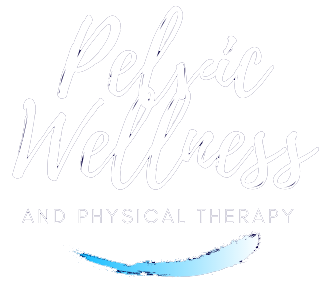3 Tips for Bladder Health
Start 2021 off by taking good care of your bladder!
Pelvic floor dysfunction can often lead to urinary dysfunction, but there are a few bad habits that can lead to bladder problems and pelvic floor issues. Here are three simple tips for better bladder health!
Tip #1: Always pee after sex!
This can help flush any bacteria out of the urethra. This is especially important for people with vulvas as they have a shorter urethra which makes one more prone to UTIs. The urethra is in close proximity to the vaginal opening putting it at risk during penetrative sex. It is also suggested that a person urinate following oral sex, as bacteria from the mouth could come in contact with the urethra during this activity. Keep in mind that peeing after sex won’t prevent the transmission of STIs/STDs.
Tip #2: Stop peeing 'just in case.'
If you train your bladder to empty when it isn't actually full, it will start to send a signal to your brain that it's time to pee sooner than necessary. I get during this time, that using a public restroom or sometimes finding a restroom when out and about can be challenging, BUT the bladder is designed to hold urine! Most people urinate once every 2-4 hours, so if possible let your bladder do its job and hold some urine for you.
Don't Kegel while you pee!
I get it. Many magazines teach Kegels by suggesting you stop your stream mid-void. If you do this once, the pelvic police won't come and get you, BUT do not get in the habit of doing this on a regular basis. If you continually start and stop your stream, your brain and bladder will get confused, and it can lead to urinary dysfunction. So, let your stream flow like the river wild and keep the pelvic floor exercises off of the toilet.
Hopefully these tips help you and your bladder out. If you are suffering from urinary dysfunction, including frequency, urgency, pain or incontinence, schedule an appointment with a pelvic floor specialist today and start the new year off with better bladder health!

